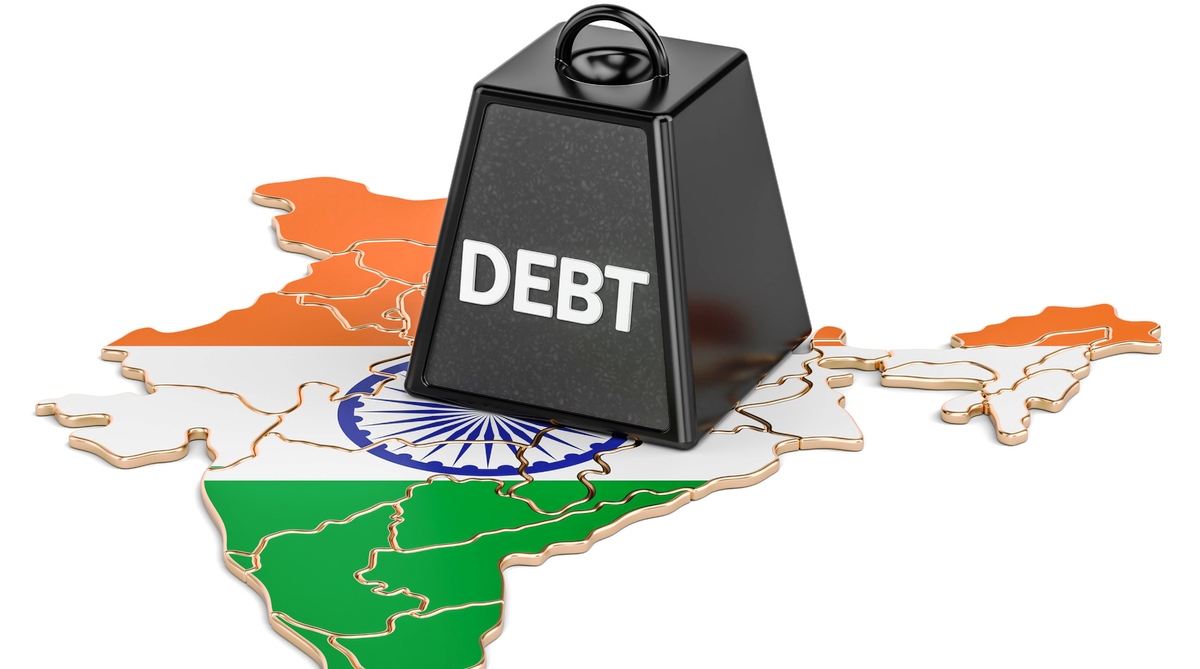Congress committing dacoity on rights of OBCs, SCs, STs: PM
“Wherever it (Congress) can do it, it will try to loot the claims of the SCs, STs and OBCs and give them to others,” said Modi.
The numbers showing government liabilities increasing 49 per cent to Rs 82 lakh crore (September 2018 figures) over the few years of Mr Narendra Modi’s rule, are disconcerting.

Clearly, there can be only cold comfort in that other economies are faring worse. (Representational Image: iStock)
India’s creeping debt worries seem to be escaping serious attention what with the debt positions of the world leading economies so alarming. Even so, the recently released 8th Edition of the Status Paper on Government Debt does merit more than a cursory glance. The Press Information Bureau release about the paper suggests that “the overall liabilities of the central government are on a medium-term declining trajectory” and that the government’s debt portfolio “is characterised by prudent risk profile”. Yet, the numbers showing government liabilities increasing 49 per cent to Rs 82 lakh crore (September 2018 figures) over the few years of Mr Narendra Modi’s rule, are disconcerting. When Mr Modi came to power, the liabilities were Rs 54,90,763 crore (June 2014). The numbers have swollen, courtesy a 51.7 per cent rise in public debt; no more than Rs 48 lakh crore to Rs 73 lakh crore now, fuelling which is a 54 per cent rise in internal debt to about Rs 68 lakh crore. More recent reports suggest that fresh borrowals of another Rs 6.4 trillion rupees ($90 billion) will be announced for the next fiscal year, against a revised Rs 5.35 trillion for the current year. Admittedly, debts put to prudent use with rigorous financial discipline have generated huge benefits for economies but the ‘if’ is a huge one. As the developed world has shown, “the snowballing cost of financing debt becomes an unaffordable burden over the shoulders of future generations,” as the IMF World Economic Outlook database (October 2018) underscores. The horrendous debt profiles of Japan and the USA ~ Japan’s at 238.225 as a percentage of Public Debt to its GDP and the USA’s alarming 106.1414, threatening to shoot up to 116 per cent in 2023 ~ are not the standards that India should benchmark itself against and it should strictly avoid the temptation that the IMF cautions against; of emerging markets being responsible for the largest share of the increase in debt. China’s percentage of public debt to GDP is at 50.104 and India’s is 69.554.
The worry increases when it becomes clear that the government is primarily resorting to market linked borrowings for financing its fiscal deficit that, in turn, is proving to be more than a little incalcitrant. From all indications, Mr Arun Jaitley’s projected fiscal deficit of Rs 6.24 lakh crore (3.3 per cent of the GDP) may be difficult to adhere to because the fiscal deficit for April-November was Rs 7.16 lakh crore (114.8 per cent of the target) and higher than the around 112 per cent deficit for the corresponding period last fiscal. Whatever the numbers the Finance Minister comes up with on February 1, there can be no denying the growing dependence on market loans that have risen 47.5 per cent to more than Rs 52 lakh crore during Modi rule. There has also been the new instrument of the gold bonds for raising debt; from zero (end June 2014) to Rs 9,089 crore, including the gold monetisation scheme. Clearly, there can be only cold comfort in that other economies are faring worse.
Advertisement
Advertisement